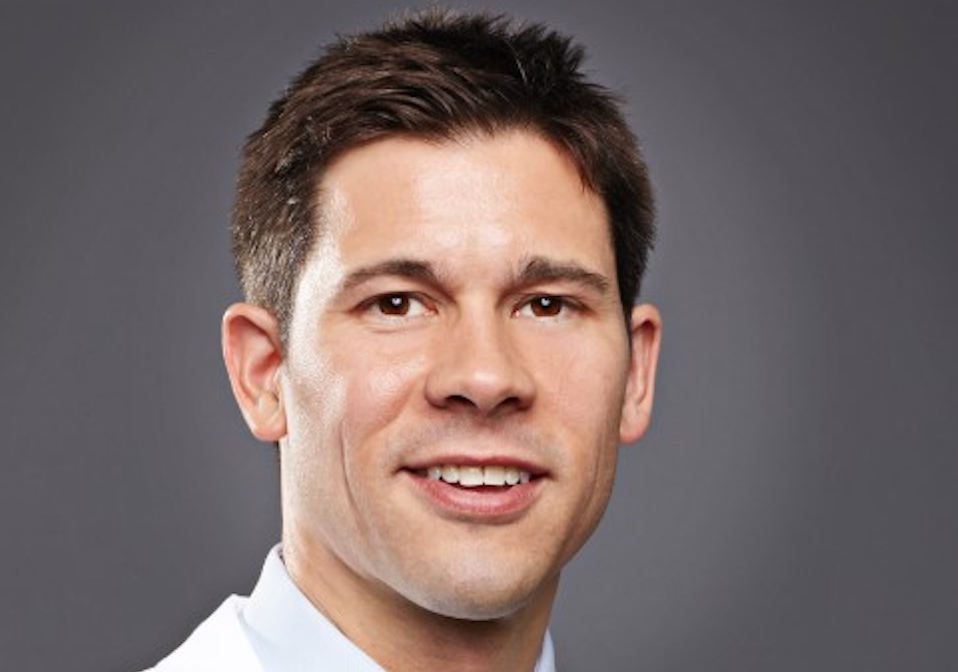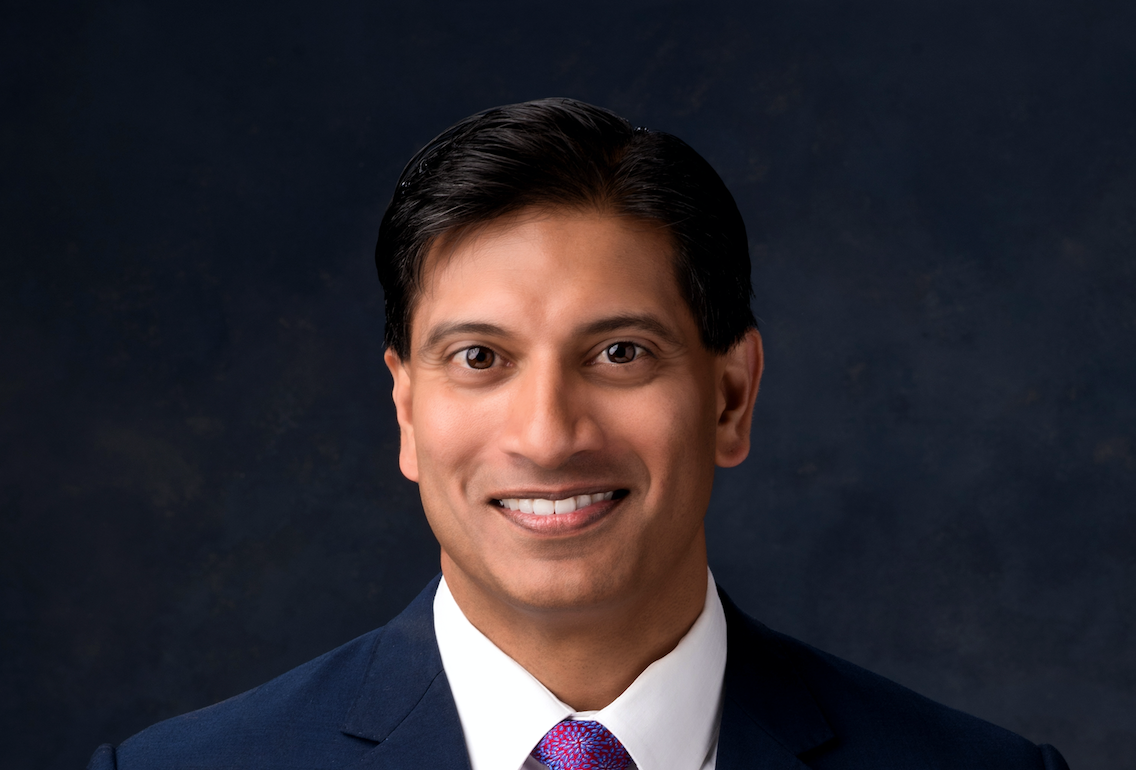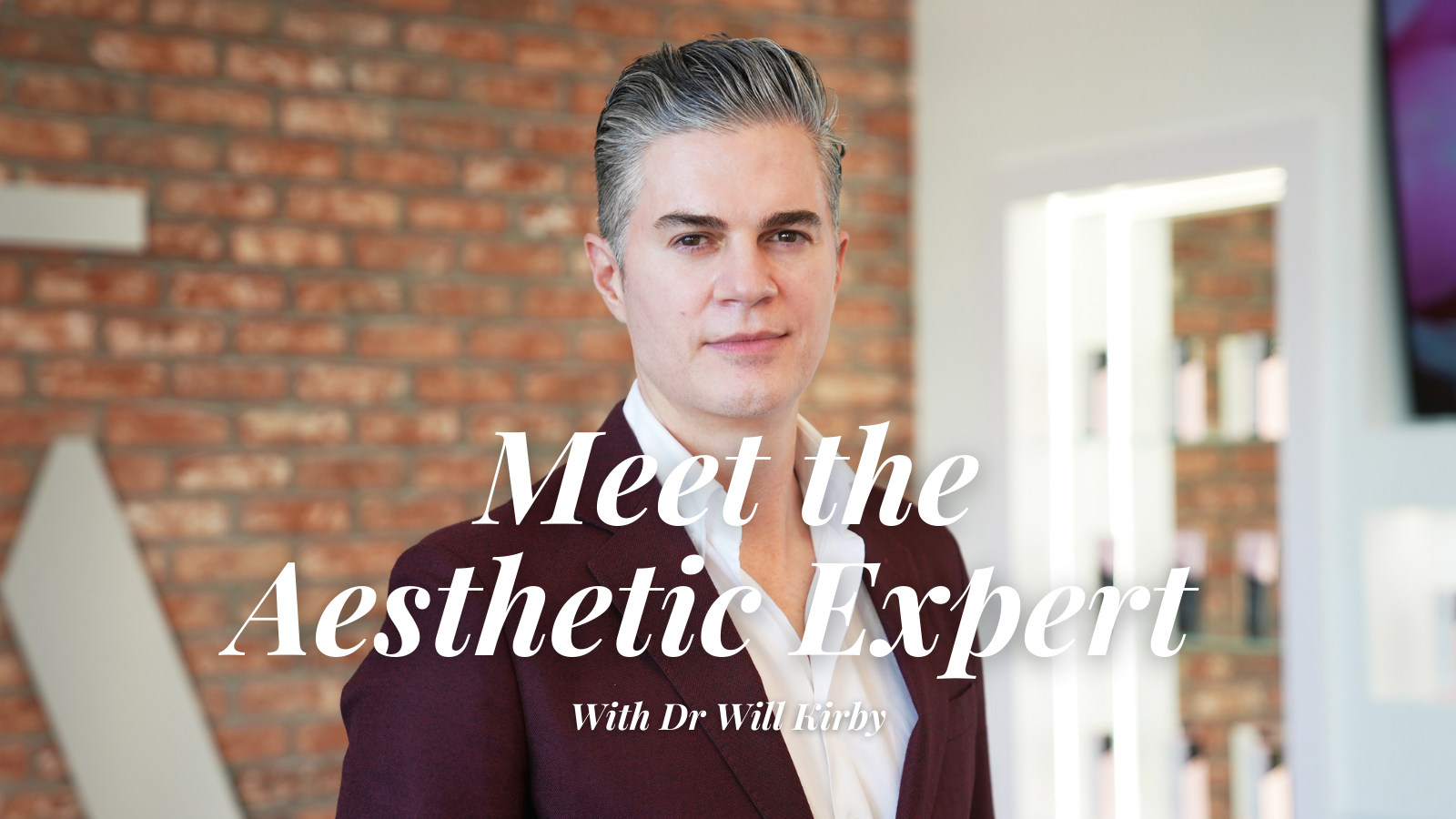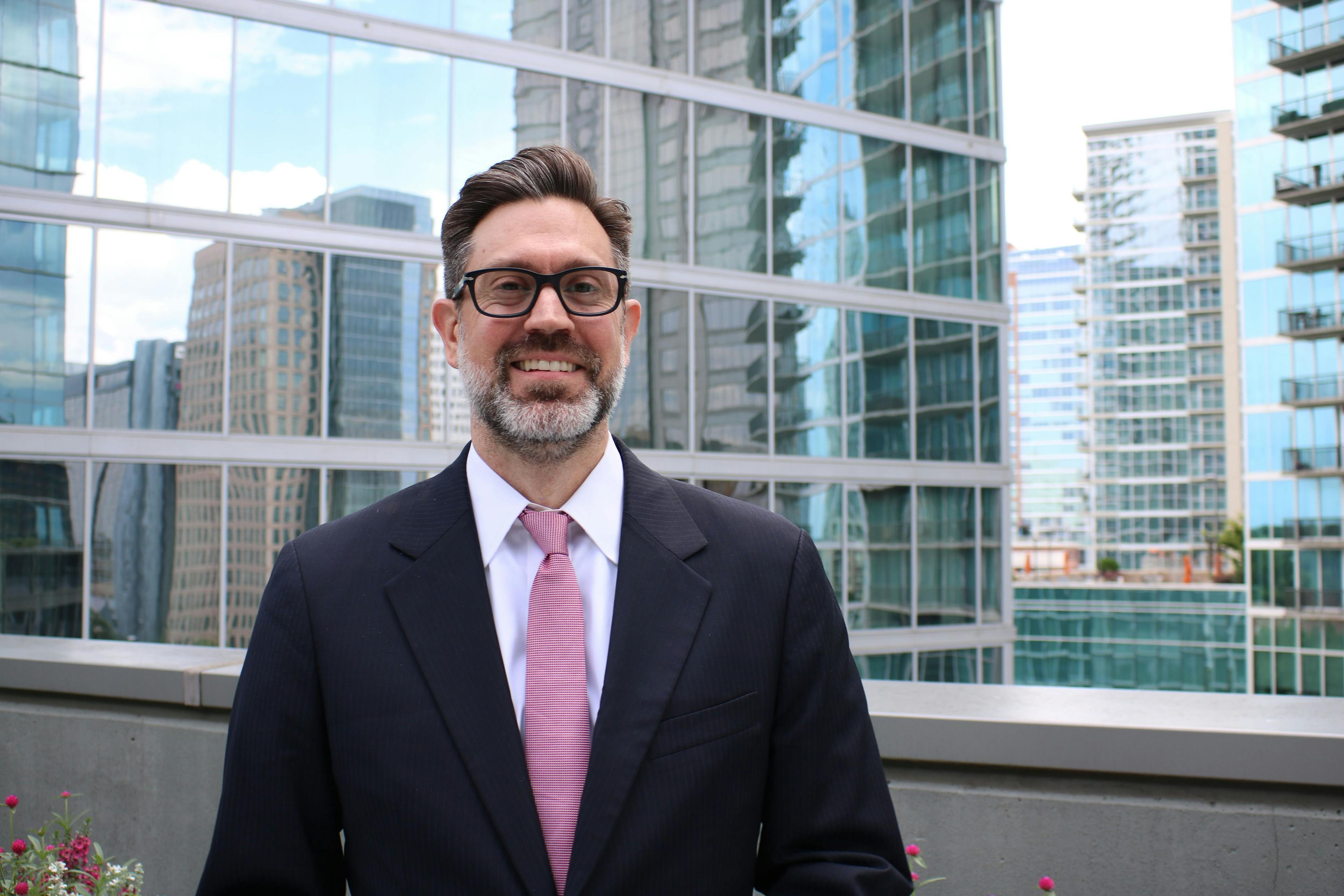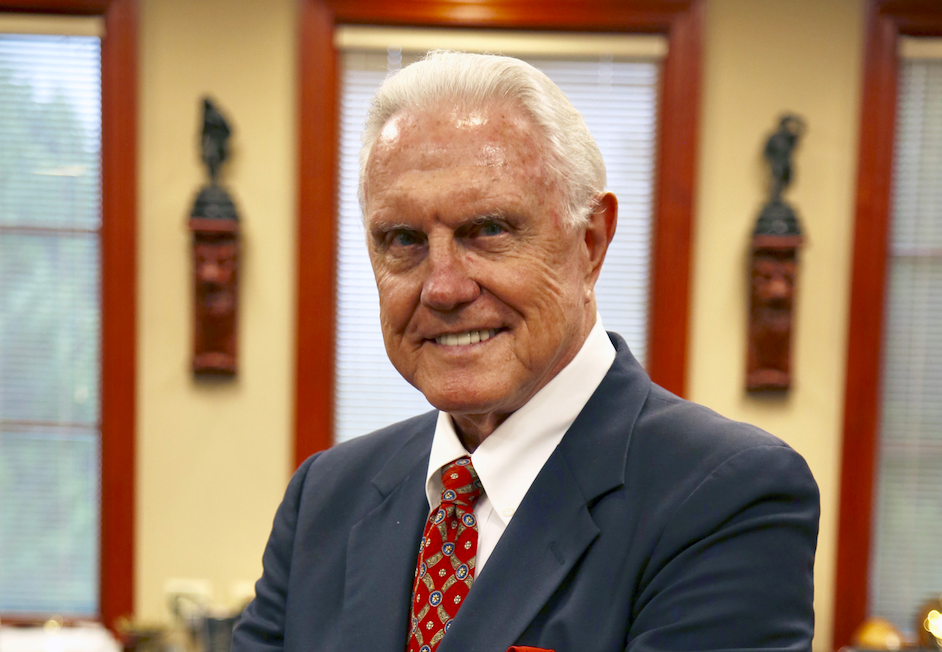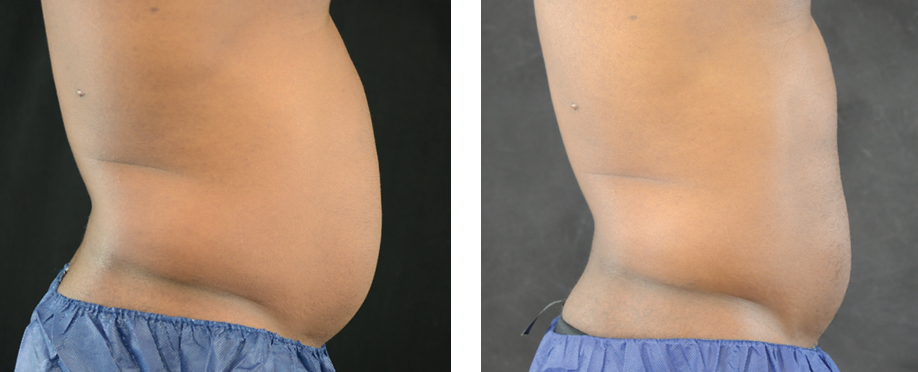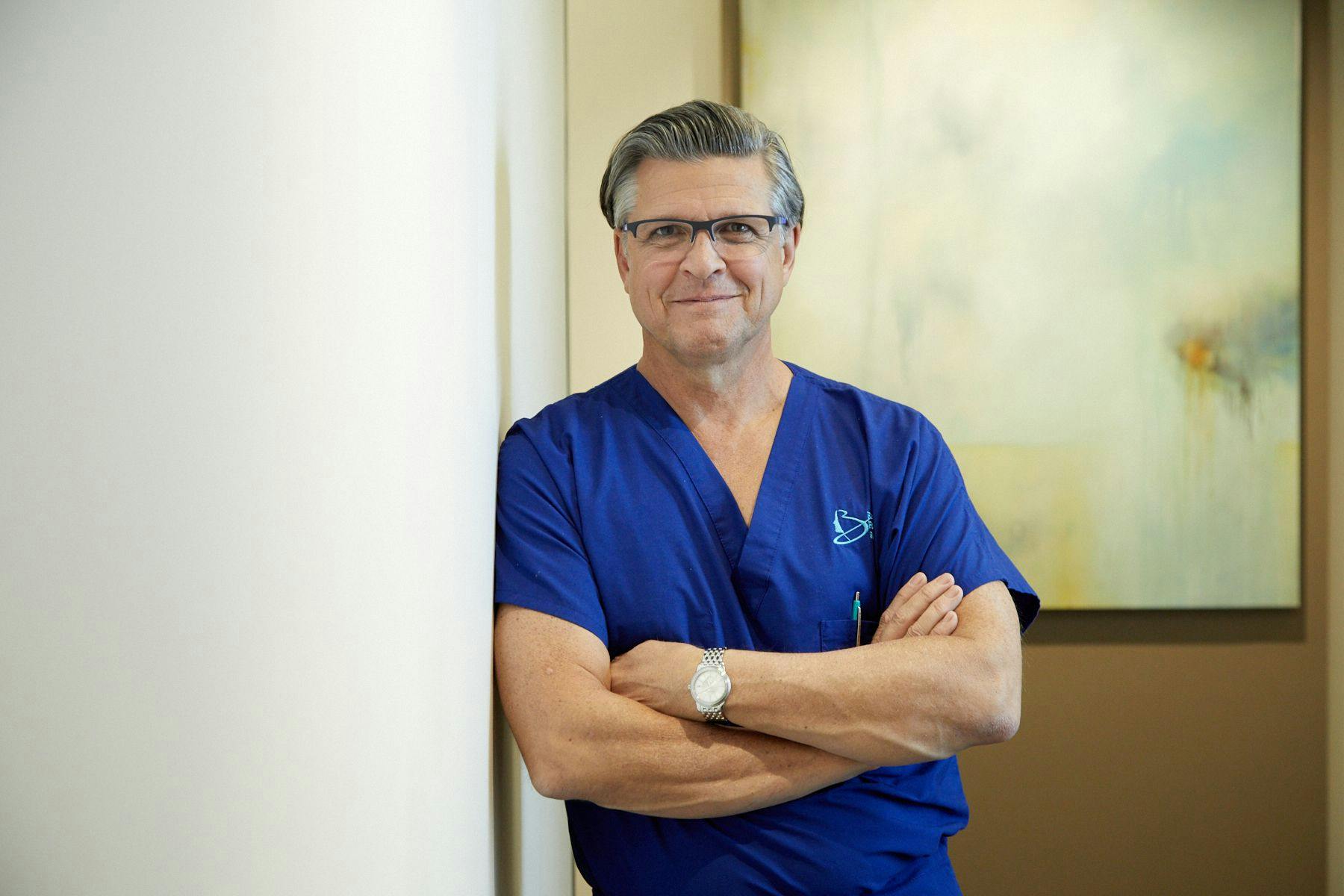- Acne
- Actinic Keratosis
- Aesthetics
- Alopecia
- Atopic Dermatitis
- Buy-and-Bill
- COVID-19
- Case-Based Roundtable
- Chronic Hand Eczema
- Chronic Spontaneous Urticaria
- Drug Watch
- Eczema
- General Dermatology
- Hidradenitis Suppurativa
- Melasma
- NP and PA
- Pediatric Dermatology
- Pigmentary Disorders
- Practice Management
- Precision Medicine and Biologics
- Prurigo Nodularis
- Psoriasis
- Psoriatic Arthritis
- Rare Disease
- Rosacea
- Skin Cancer
- Vitiligo
- Wound Care
Publication
Article
Aesthetic Authority
Radiofrequency Evolution for Eye, Neck Rejuvenation
Author(s):
Suneel Chilukuri, MD, and Mark M. Beaty, MD, discuss the evolution of radiofrequency technology, and which devices they reach for.
Dermatologic surgeon Suneel Chilukuri, MD, says middle-aged and younger patients, who in previous years might have put off cosmetic surgery until they’re older, are now requesting eye, lower face, and neck rejuvenation procedures.
“I call it the Zoom effect,” says Chilukuri, director of Cosmetic Surgery at Refresh Dermatology, Houston, Texas.
People see themselves animating while on the video calls, whereas in the past they would look at their faces in repose in the mirror, and they want to look better, he says.
For patients who want nonsurgical options, Chilukuri often turns to newer radiofrequency (RF) devices to help tighten skin around the eyes and neck.
The RF Evolution
Facial plastic surgeon Mark M. Beaty, MD, says RF devices have improved in the last 3 to 4 years to offer visible skin tightening.
Basically, there are different types of RF devices in cosmetic practices, says Beaty, who practices in Atlanta, Georgia.
Some devices work with a limited access subcutaneous insertion of the active electrode, which is then temperature monitored. That allows providers to create a heating effect in the skin and possibly some improvement in the fatty tissue beneath the skin, he says, adding that there also are devices that use needles inserted into the skin to deliver RF energy.
“There is one type of device that uses an array of bipolar needles to deliver the [RF] more deeply into the dermis,” Beaty says. “Then there is another set of devices that uses a larger array of needles that just come down straight through the top of the skin into the upper dermis and deliver [RF].”
All of these create controlled tissue heating, neocollagenesis and elastin formation. In some cases, treatment results in hyaluronic acid formation within the skin’s dermis. All can help with skin tightening and skin quality for the desired rejuvenation effect, according to Beaty.
The Latest in RF Technology
Chilukuri says his go-to option for patients who are nonsurgical candidates and want neck tightening in one treatment session is the new AccuTite (InMode)1 combined with RF microneedling with the Morpheus8 (InMode).2
“AccuTite is slightly more invasive but is an in-office procedure that takes about 30 to 45 minutes, not including anesthesia time,” Chilukuri says.
The RF microneedling device he most often uses to treat the neck is the Scarlet short-pulse RF (AMP)3 or Genius (Lutronic).4 Scarlet is more tolerable with topical anesthesia, according to Chilukuri, and, because it uses an uninsulated needle, he can treat underneath the skin as well as superficially to improve skin texture. The advantage of the Genius is it allows Chilukuri to change the duration of time underneath the skin, varying from 1 microsecond to almost 400 microseconds.
“The way I’m laying energy down in layers… instead of putting fillers and structural support there, we can help the body build collagen in targeted areas,” Chilukuri says. “If a patient wants no downtime and improved contouring of both the neck and the jawline, I turn to the latest hands-free RF technology, Evoke (InMode).”5
To treat under the eyes, Chilukuri uses the Exilis Ultra (BTL)6 which simultaneously uses RF with ultrasound technology. While this unique combined RF-ultrasound technology device has been around a few years, protocols have improved. Rather than treating each side for 10 minutes once a week for 4 weeks, Chilukuri adds a second round of treatment of 6 minutes per side in the same session. In addition, he now spaces the treatments farther apart with the second treatment 10 to 12 days after the first and the third and fourth treatment at least 4 to 12 weeks later. His patients are seeing even better results, he says.
The tightening effect he achieves using the newer protocol and combining devices mimics results previously obtained with injected filler, he says.
An important advance in RF technology is focused radiofrequency.
“This is something that is newer on the market. I think it will take off this year,” Chilukuri says. “The product name is Agnes (Agnes Medical).7 This technology utilizes focused RF to precisely deliver energy through a disposable tip that looks like a needle. The top portion of the tip is insulated, as to not burn the skin, and the bottom portion allows you to exactly deliver energy to the desired depth. I am now able to address under-eye fat herniation without surgery in a 25- to 30-minute procedure, which includes the anesthesia time. We can literally melt the fat before we try to camouflage any hollowness with fillers or a tightening device.”

Newsletter
Like what you’re reading? Subscribe to Dermatology Times for weekly updates on therapies, innovations, and real-world practice tips.

